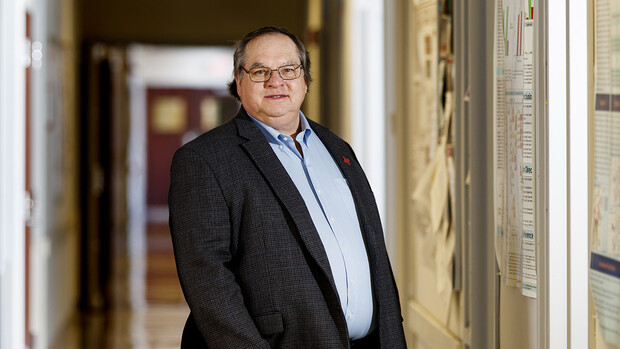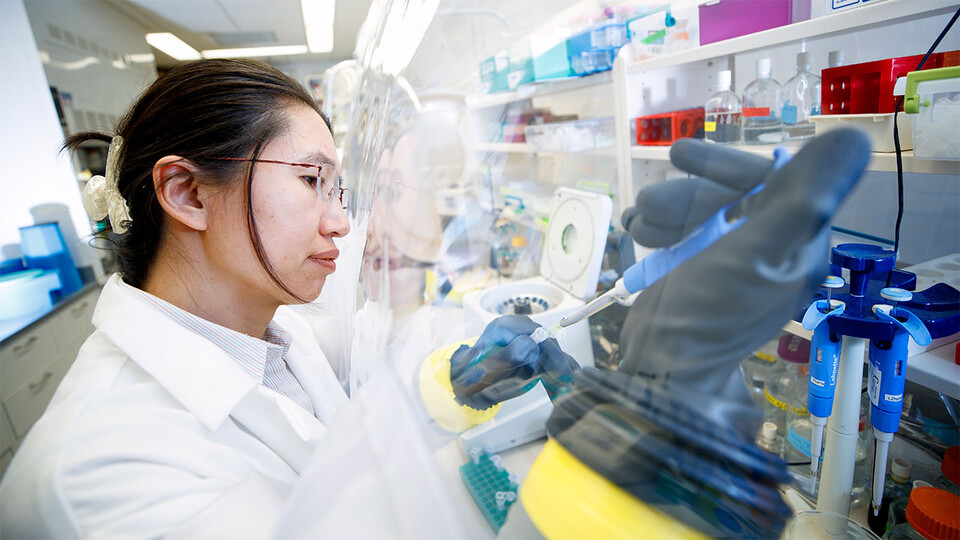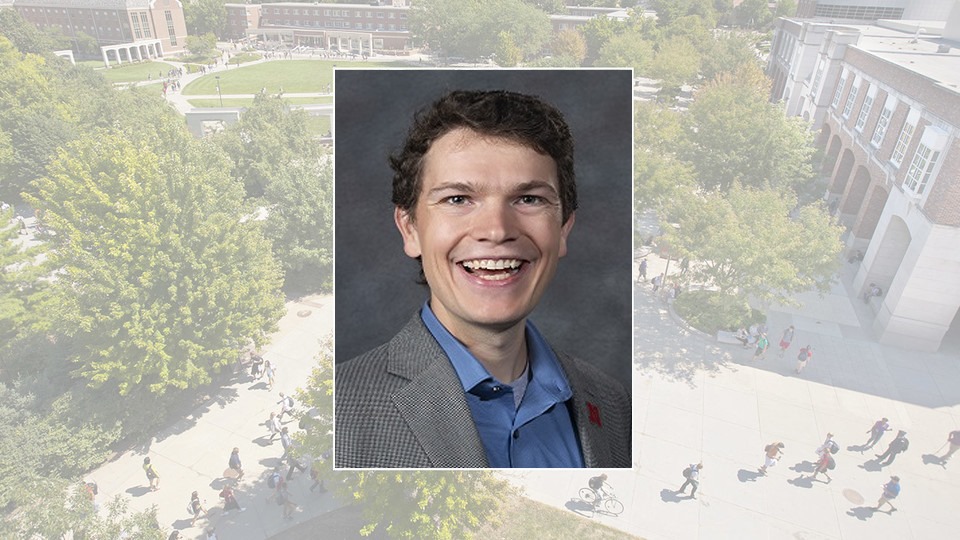
Four University of Nebraska–Lincoln faculty members have been named fellows of the American Association for the Advancement of Science, the world’s largest general scientific society. Fellows are selected by their peers for scientifically or socially distinguished achievements that advance science or its application.
Nebraska’s new AAAS fellows are:
-
Craig Allen, professor of natural resources, for distinguished contributions to resilience theory and its application to conservation and resource management, as well as the advancement of science through teaching and service.
-
Roch Gaussoin, professor of agronomy and horticulture, for distinguished contributions and service to the agronomic sciences, particularly in turfgrass and landscape systems, academic administration and communicating science to the public.
-
Kristen Olson, Leland J. and Dorothy H. Olson Professor of sociology, for distinguished contributions to survey research methodology, particularly understanding and reducing measurement and survey nonresponse errors, along with service to the field and commitment to mentoring students.
-
James Takacs, Charles J. Mach University Professor of chemistry, for distinguished contributions to synthetic organic chemistry, commitment to mentoring and excellence in postsecondary chemical education, and the advancement of science through academic administration.
AAAS has been electing fellows since 1874. This year’s cohort will be formally announced in the Nov. 27 issue of the journal Science, to be followed by a virtual induction ceremony on Feb. 13. Nebraska’s honorees are among 489 members who were elected fellows this year.
More on Nebraska’s new AAAS fellows:
James Takacs
For more than 30 years, Takacs has pioneered new approaches in asymmetric catalysis, a branch of synthetic organic chemistry focused on how molecules with different chirality, or “handedness,” interact. Just as people have a right hand that mirrors their left one, most molecules have a left- and right-handed form that dictates their properties. Takacs develops “handed” catalysts to produce chiral molecules with useful characteristics, which are used in materials, high-tech applications and, most often, pharmaceuticals.
“At the end of the day, someone has to know how to assemble structures with good medicinal properties and put those in the bottle,” said Takacs, Charles J. Mach University Professor of chemistry.
His most significant contribution is one that could substantially impact the pharmaceutical industry. One way to control chirality is to add hydrogen to unsaturated molecules, a reaction that typically requires hazardously high pressures and temperatures. Takacs’ group recently uncovered a rhodium-based catalyst that functions under low-risk conditions, paving the way for faster and safer hydrogenation.
Since launching his independent research career in the 1980s, Takacs has received continuous funding from the National Institutes of Health, National Science Foundation and Department of Defense. His publications have been cited more than 4,700 times, and he’s presented at more than 100 conferences worldwide.
In 2016, he became director of the Nebraska Center for Integrated Biomolecular Communication, an NIH Center for Biomedical Research Excellence focused on cell communication and metabolic and regulatory pathways that impact disease.
Takacs has trained more than 75 students and postdocs who are now thriving in academia, industry and government. From 2007 to 2013, he chaired Nebraska’s Department of Chemistry, hiring seven tenure-track faculty and spearheading more than $11 million of facility renovations. He’s served the American Chemical Society locally and regionally and has participated in more than 35 NIH review panels.
“I’ve been fortunate to use my academic experience to ask questions that I really wanted to know the answers to,” he said. “That’s what gets me up in the morning.”


